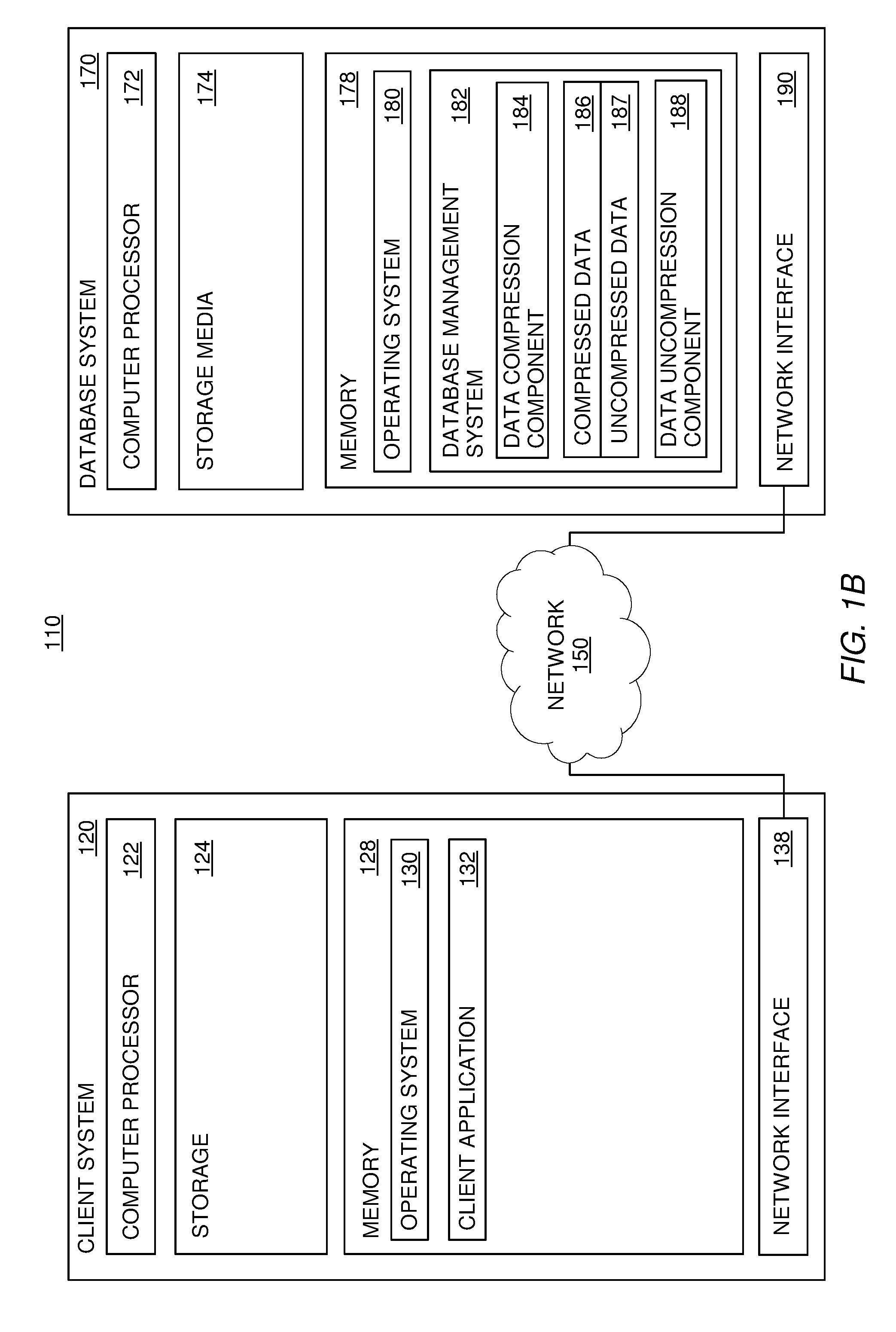Active memory expansion in a database environment to query needed/uneeded results
a database environment and active memory technology, applied in the field of data storage management, can solve the problems of requiring additional system resources for compressing and decompressing data, and requests may take a substantial amount of time and resources to execu
- Summary
- Abstract
- Description
- Claims
- Application Information
AI Technical Summary
Benefits of technology
Problems solved by technology
Method used
Image
Examples
Embodiment Construction
[0016]Some DBMS use data compression to create more space in a particular memory. Freeing additional space in memory through compression then allows additional data to be stored. In turn, this lessens the chance of paging (i.e., fetching data from a secondary storage), which is more time-consuming than compressing and decompressing data. Therefore, efficiently using the limited resources of a primary memory—even if doing so involves compression—will in general reduce the amount of time needed for a given query to execute.
[0017]However, constantly compressing and uncompressing data reduces query throughput in a DBMS. To minimize this drawback, a DBMS may compress and uncompress data selectively. When responding to a query that requests compressed data, a complete response requires the DBMS to spend system resources to uncompress the compressed data. Thus, in a DBMS that has memory divided into compressed data and uncompressed data, a query that requests compressed data will, in gener...
PUM
 Login to View More
Login to View More Abstract
Description
Claims
Application Information
 Login to View More
Login to View More - R&D
- Intellectual Property
- Life Sciences
- Materials
- Tech Scout
- Unparalleled Data Quality
- Higher Quality Content
- 60% Fewer Hallucinations
Browse by: Latest US Patents, China's latest patents, Technical Efficacy Thesaurus, Application Domain, Technology Topic, Popular Technical Reports.
© 2025 PatSnap. All rights reserved.Legal|Privacy policy|Modern Slavery Act Transparency Statement|Sitemap|About US| Contact US: help@patsnap.com



